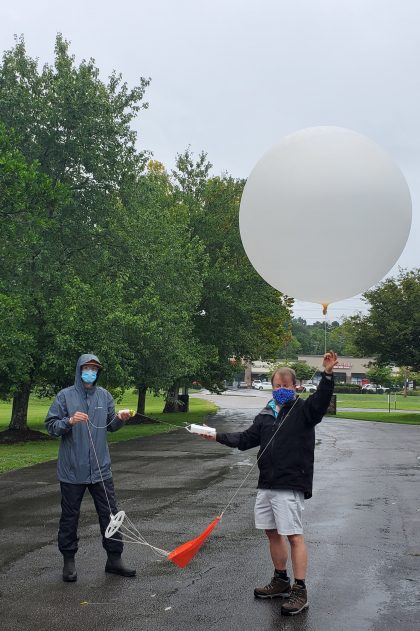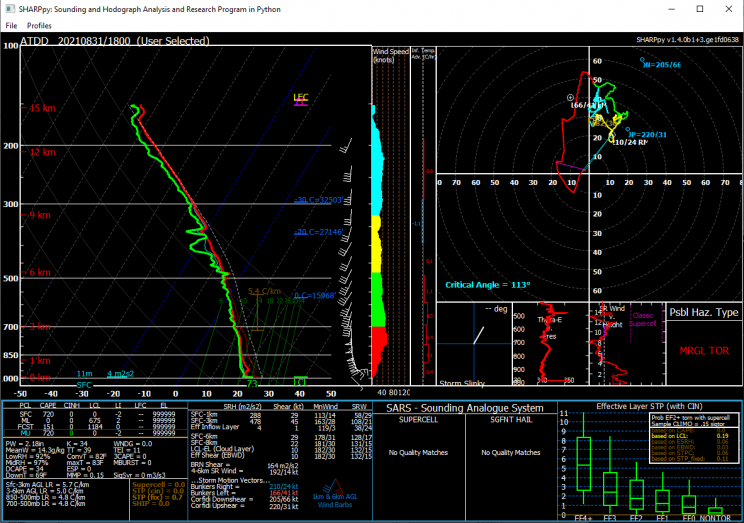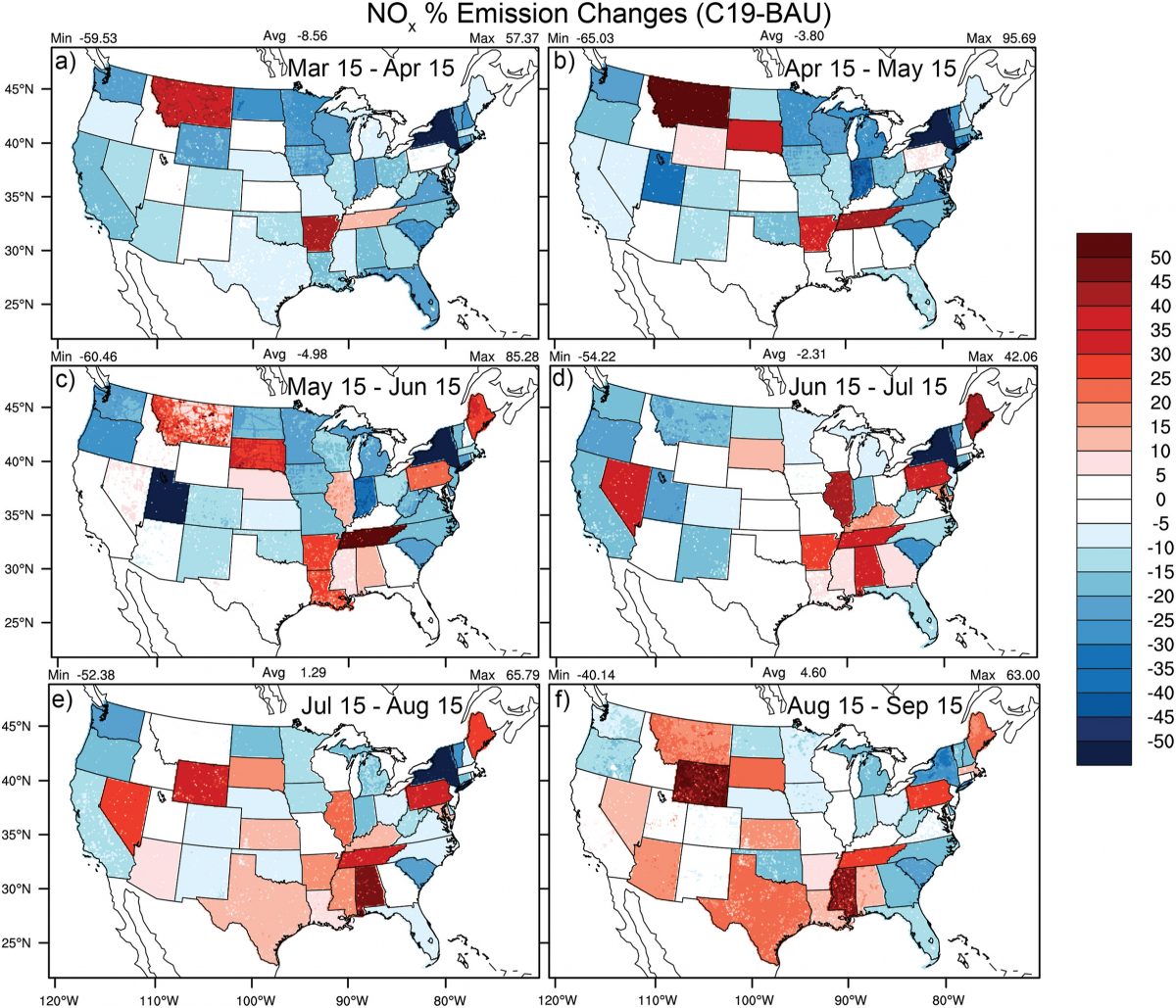ARL Weekly News – September 3, 2021
| Recent Events |
NOAA in Alaska and the Arctic Seminar Series 2021
The Interim Regional Climate Services Director for the Alaska Region at NOAA’s National Centers for Environmental Information established a NOAA in Alaska and the Arctic Seminar Series intended to provided on-line presentations by NOAA staff from all NOAA Line Offices that address environmental data and information assets, inter-agency and international efforts, services, and user engagement and needs in Alaska and the Arctic domain. The aim is to be inclusive in the scope. These presentations will span all spatial and temporal scales (from weather to climate), including observations, forecast and hindcast models, data and information management and delivery, assessments, analyses, stakeholder needs and requirements, economic development, community resilience and adaptation.
The inaugural seminar was held on September 2nd, and ARL’s Dr. Howard Diamond had the honor of conducting the second such seminar (following Dr. James Overland at PMEL) by making a presentation on an overview of the United States Climate Reference Network (USCRN) in Alaska. The USCRN presentation went very well, with an attendance of 63 individuals from both within and external to NOAA. Dr. Diamond gauged the interest in his topic as being very high as demonstrated by several very good questions posed by the audience.
Methane emissions interview
On August 31, Dr. Xinrong Ren was interviewed by Leanna First-Arai, a freelance journalist who is interested in methane emissions in the Washington/Baltimore area, particularly the contribution of natural gas infrastructure to overall CH4 emissions. Dr. Ren introduced the study he was involved in 2015 and 2016 on urban greenhouse gas emissions in this area and discussed some major conclusions from a paper published in 2018 about this study. In collaboration with The Guardian and the Food & Environment Reporting Network, First-Arai is working on a story about the rise in anaerobic digesters in and around the Chesapeake Bay and their potential methane emissions. The environmental and climate benefits of these digesters/biogas projects and their potential reduction in methane emissions (compared to methane emissions if all organic waste goes to landfill) were discussed.
Weather balloon launched to observe Hurricane Ida Impacts
Temple Lee, Travis Schuyler, and Tom Wood performed a weather balloon launch from ATDD at 2 PM 31 August to support weather forecast operations at the NWS Morristown Weather Forecast Office (WFO). Forecasters had requested the launch to help evaluate the potential for severe weather in East Tennessee as the remnants of Hurricane Ida passed through the region. Although no severe weather developed in East Tennessee, forecasters from Morristown noted that the sounding provided them with greater situational awareness of the atmosphere’s high moisture content and depth of warm rain processes which extended up to 5 km. This storm led to significant rainfall over the region and reports of flash flooding around Knoxville during the evening of 31 August.

Weather balloon readied for launch in Tennessee following Hurricane Ida

Data from the weather balloon captured remnants of Hurricane Ida’s impact in Tennessee.
| Papers Accepted |
Papers Accepted:
Multi-sensor approach for high space and time resolution land surface temperature
A manuscript entitled Multi-sensor approach for high space and time resolution land surface temperature on which Temple Lee was a coauthor was accepted for publication in Earth and Space Sciences. In the manuscript, the authors evaluated an approach for downscaling satellite-derived land surface temperatures using a rich array of observations obtained over northern Wisconsin in summer 2019 during the Chequamegon Heterogenous Ecosystem Energy-balance Study Enabled by a High-density Extensive Array of Detectors (CHEESEHEAD19) field experiment.
Desai, A. R., Khan, A. M., Zheng, T., Paleri, S., Butterworth, B., Lee, T. R., et al. (2021). Multi-sensor approach for high space and time resolution land surface temperature. Earth and Space Science, 8, e2021EA001842. https://doi.org/10.1029/2021EA001842
Impacts of the COVID-19 Economic Slowdown on Ozone Pollution in the U.S.
The analysis of observations and experimental emissions of NOAA’s National Air Quality Forecasting Capability show that the COVID-19 economic slowdown led to disproportionate impacts on near-surface ozone concentrations across the contiguous U.S. The COVID-19 related economic slowdown generally led to decreased NOx emissions, but with widespread state-to-state variability (see figure 2 from paper below). The widespread emissions decreases lead to widespread ozone decreases in rural regions, but some local increases in urban regions.
Patrick C. Campbell, Daniel Tong, Youhua Tang, Barry Baker, Pius Lee, Rick Saylor, Ariel Stein, Siqi Ma, Lok Lamsal, Zhen Qu, Impacts of the COVID-19 Economic Slowdown on Ozone Pollution in the U.S., Atmospheric Environment, 4 September 2021, 118713. Journal Pre-proof: https://doi.org/10.1016/j.atmosenv.2021.118713

Figure 2. Average percent changes for NOx emissions ([C19-BAU/BAU]*100%) between a) March 15 – April 15, b) April 15 – May 15, c) May 15 – June 15, d) June 15 – July 15, e) July 15 – August 15, and f) August 15 – September 15.

